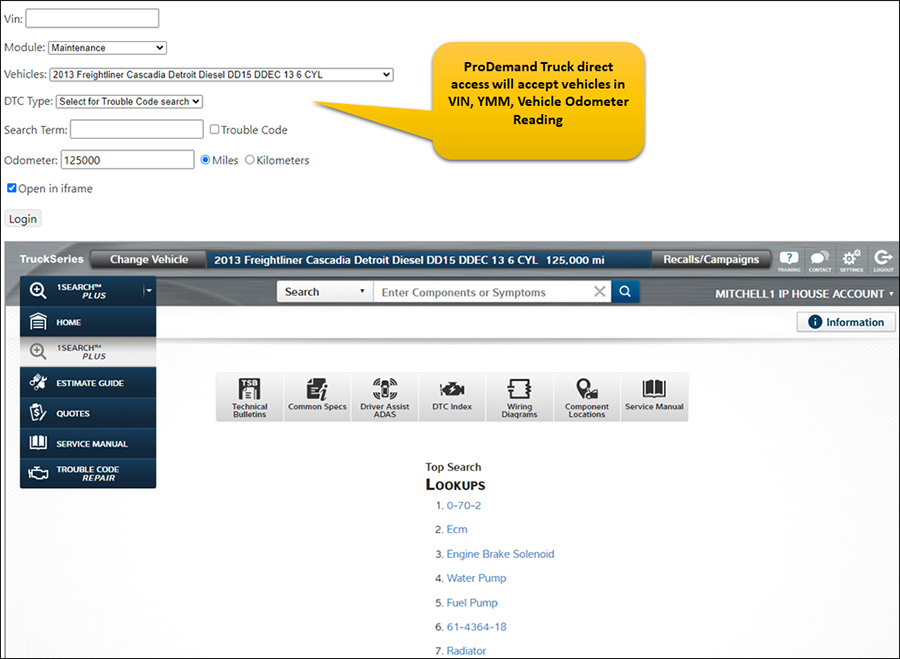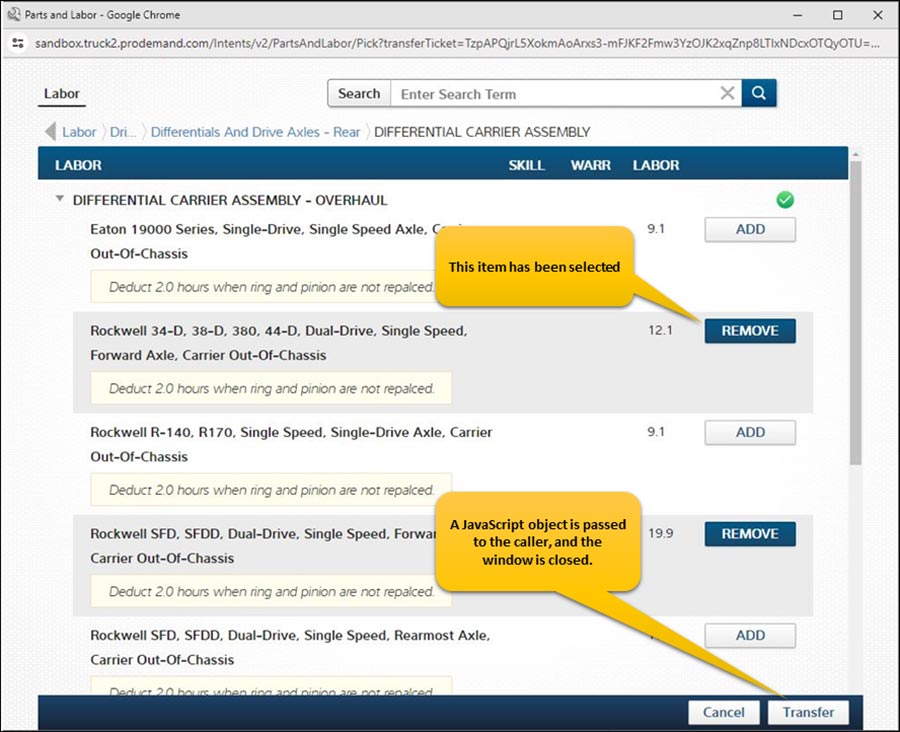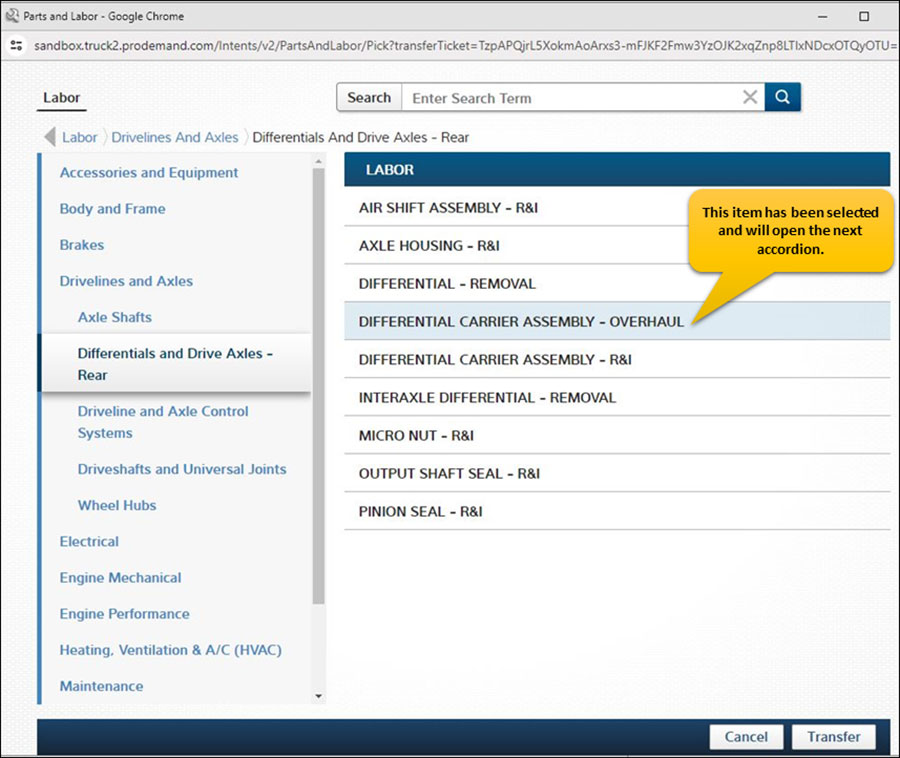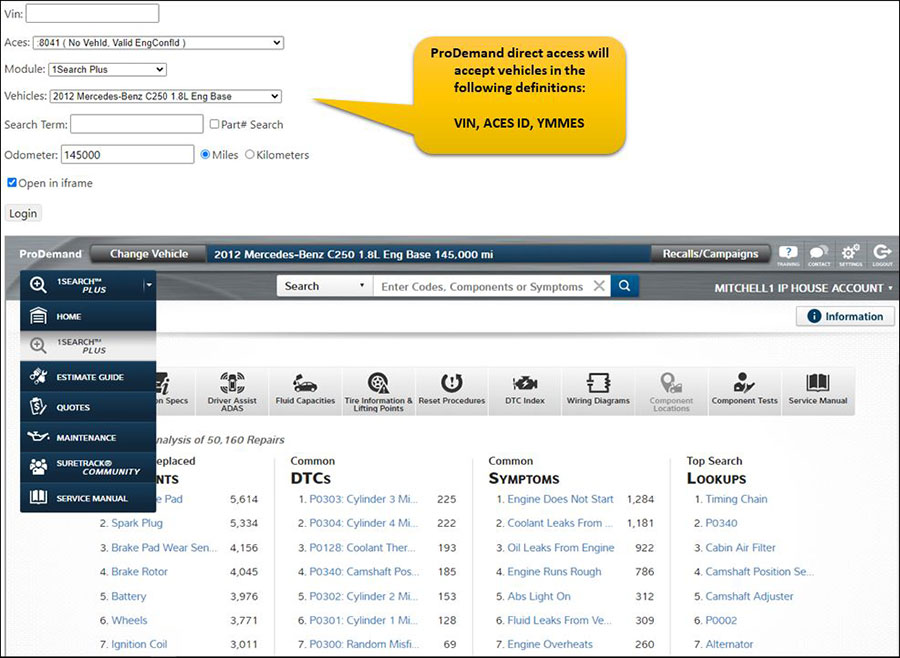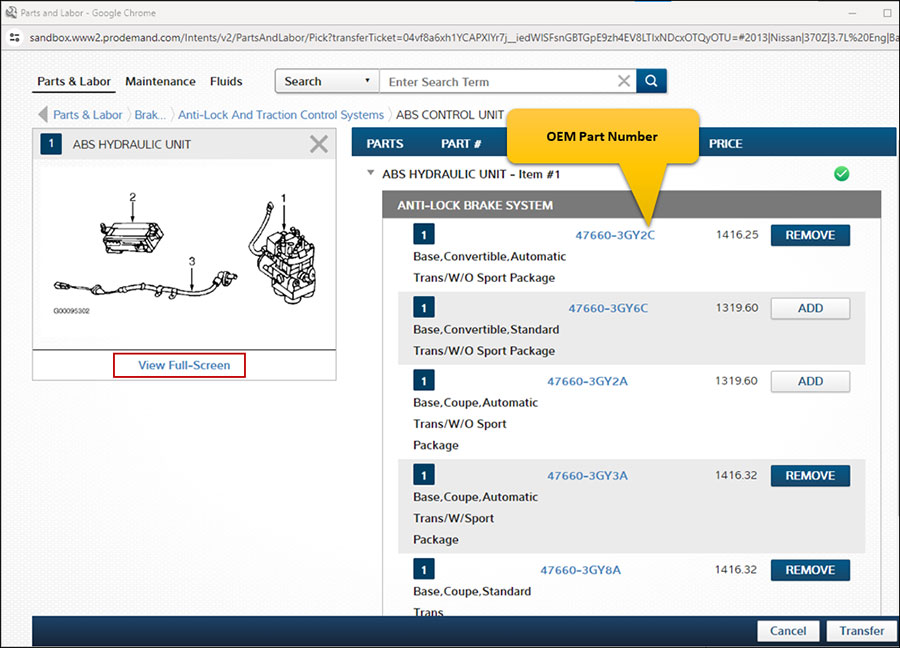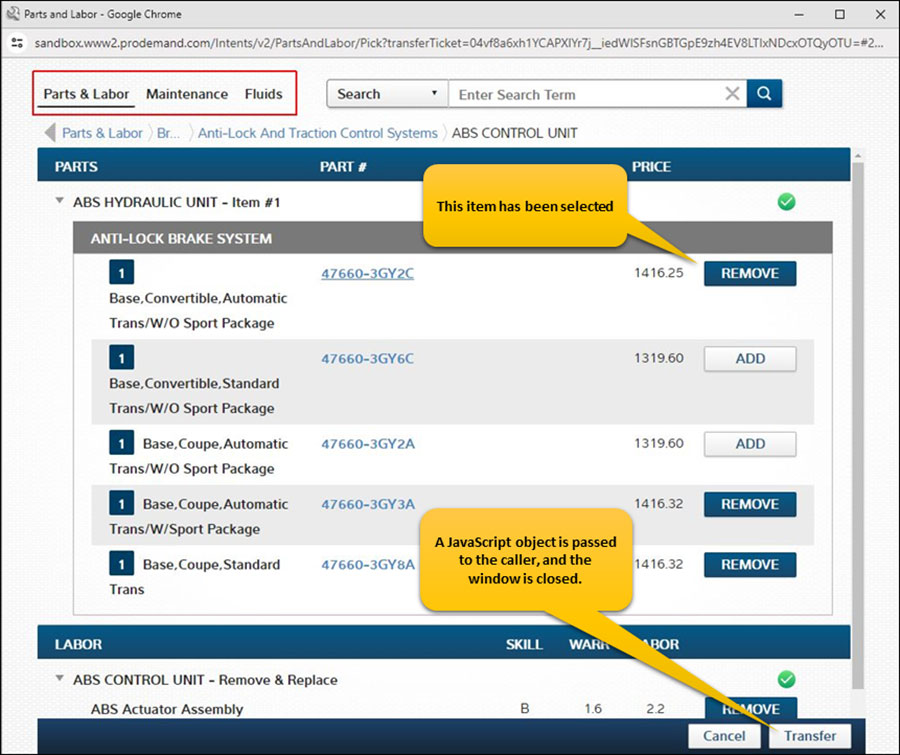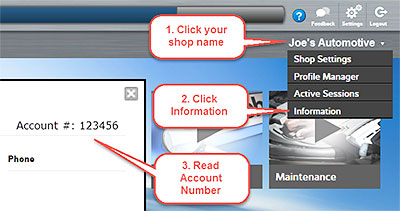
Those yellow rubber bumps on the curbside of a grocery store can be annoying, but they’re there to let the visually impaired know where the sidewalk ends and the roadway begins. These bumps can also serve as shoe scrapers, decorative talking points, or shopping cart speed bumps for shoppers in a rush. The bumps can be great fun for kids riding in the shopping cart – there’s nothing like a bone-jarring ride to bring out giggles and excitement in the kids.
A harsh ride in a truck, on the other hand, does not bring about the same sort of grins and giggles. When it comes to vehicle operation, the definition of what constitutes a rough or harsh ride depends largely upon the operator and occupants. When the vehicle occupant feels like there is little or reduced separation between the road and their body, the ride is considered harsh/rough.
Pushing the shopping cart across the rubber bumps at the grocery story may be irritating, but riding in a harsh-riding vehicle for hours on end is exhausting. Defining a harsh/rough ride depends on occupant opinion; whereas determining what is normal operation can be a “touchy” subject.
We know that shopping carts over the rubber bumps will always be harsh because the shopping cart has hard rubber tires, there is no cushion in the suspension, and those rubber bumps never change. The same elements will help us determine whether or not a vehicle’s ride is harsh/rough or completely normal.
The road surface establishes the foundation of how a ride will feel. Short of riding a magic carpet, there will always be a connection with the road surface. Even with the most luxurious suspension systems, you can have a harsh/rough ride due to harsh road surfaces. So, when investigating a harsh ride concern, you must first understand how the operating conditions will impact the vehicle ride.
The next step is to inspect the components between the road and the vehicle occupants. Tires need to be the proper type for the application and inflated correctly, because over-inflation may result in a harder ride. Then, take a look at the suspension components for debris build-up, which might be preventing the suspension from working in its expected range of motion.
In addition, you should inspect for any bent or damaged components, including bent shocks, which can interfere with the suspension’s full operating range. During this inspection, also determine if any components have been replaced or added, since this could also modify the suspension operation from its original specifications.
So, what should you do if the vehicle still appears to ride harsh/rough after reviewing the operating surfaces and the tire/suspension system? Whenever possible, try operating another like-vehicle under the same conditions to compare the experiences.
Back at the grocery store, you don’t have to swap a cart to know those hard rubber bumps will not get any softer, but you can identify and avoid the cart with the square wheel!
Additional tips for repair and maintenance of Class 4-8 trucks may be found in the Mitchell 1 ShopConnection Truck blog: https://mitchell1.com/shopconnection/category/truck/
Want to learn about TruckSeries?
Request a FREE DEMO today!
You may also like to read:
